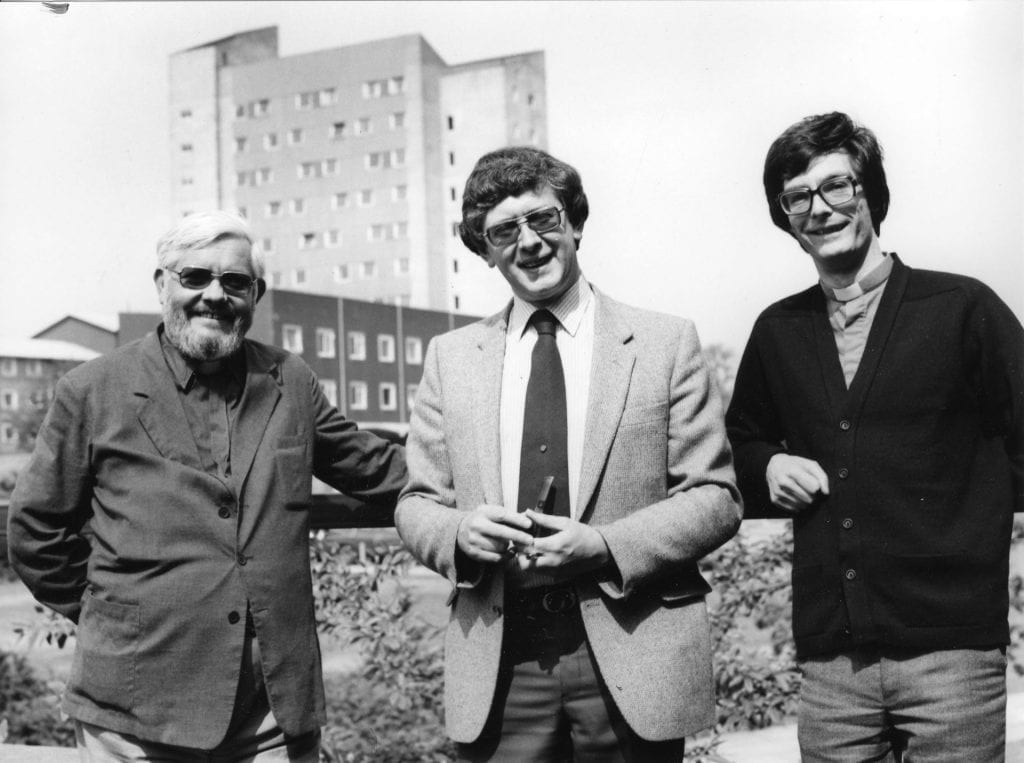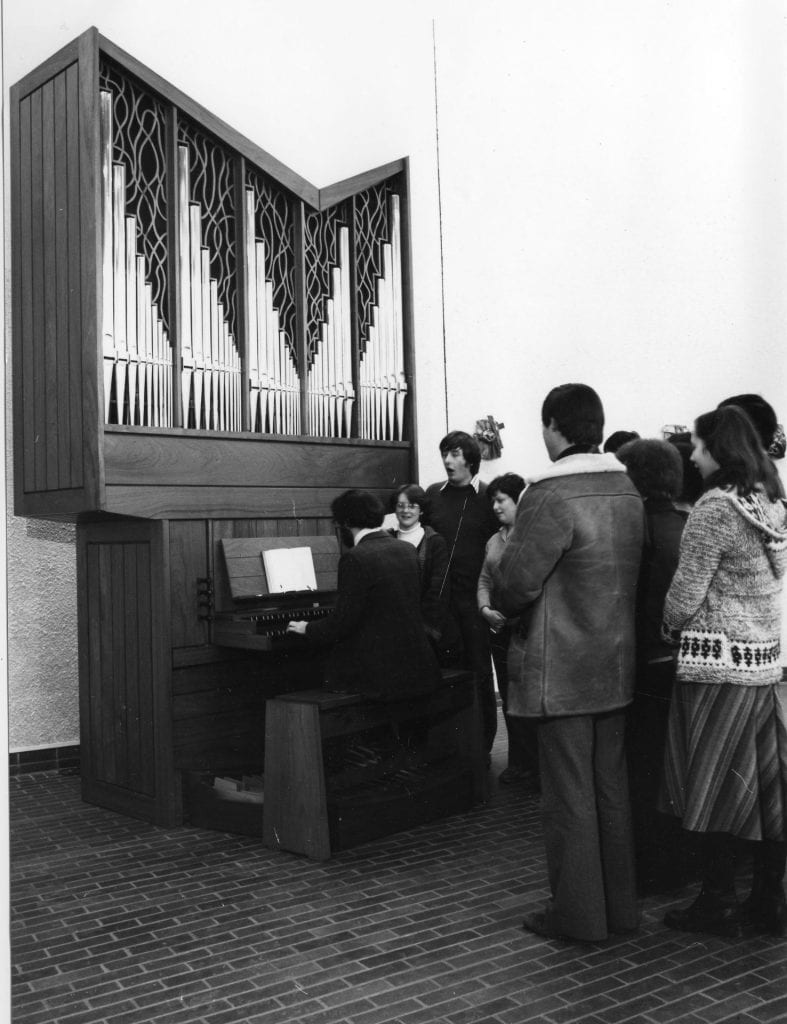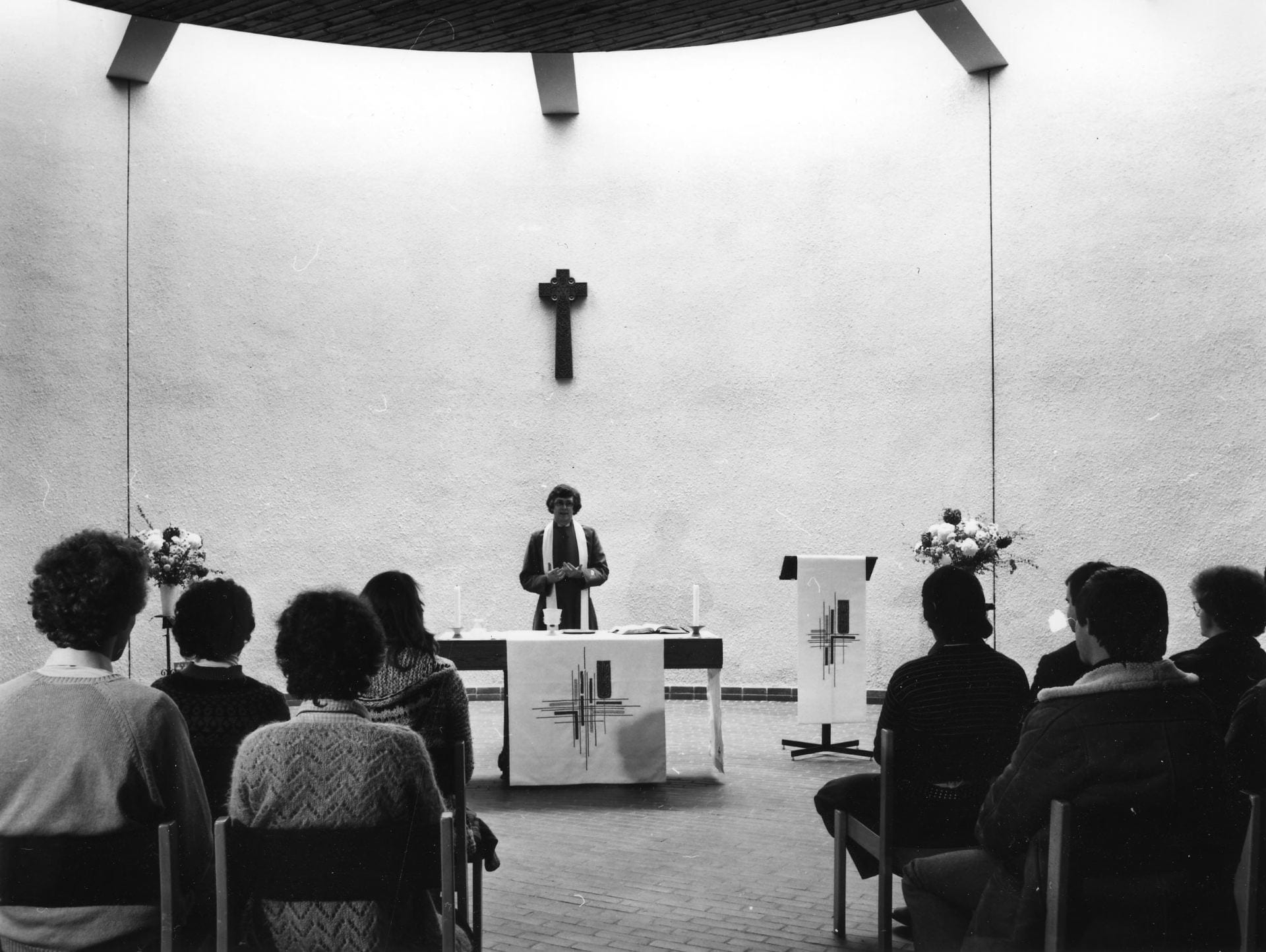3rd March 2024 sees a special service at the University Chaplaincy Centre to mark the fiftieth anniversary of its opening. While the building dates to 1974, the role of religion and faith at the University has a much longer history.

There was no chaplaincy facility at University College. This almost certainly was a direct consequence of the founder Mary Ann Baxter’s specification that the College would not teach any religious subject and no member of the College would have to declare their religious opinions. Mary Ann Baxter herself was a dedicated member and benefactor of the Congregation Church and also known for her financial support for missionary activity. However the Baxters came from a dissenting tradition, with various members of the family being prominent in the Glasite Church, and this may have been a factor in a desire for the administration of the College to be secular. Yet this did not prevent many Dundee ministers from having links with the College, nor sending their children to it. The Reverend James Ewing of St Andrews Free Church, for instance was an early governor and trustee of the College (as well as the father of one of the first professors James Alfred Ewing). Also at its opening the College converted a church building, the former St John’s Free Church in Smalls Wynd, into the original College Hall. It would later be demolished to make way for what is now the Old Medical School.
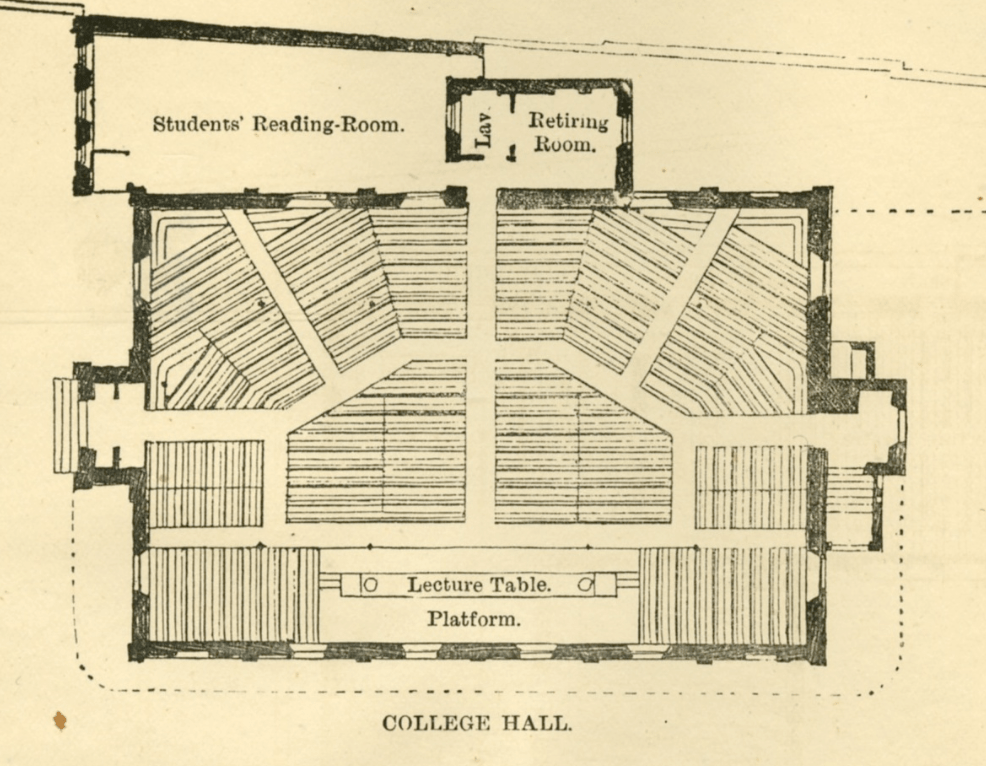
Despite the founder’s stipulations, there was religious activity in the College. The University College Christian Union was founded in March 1900 with the object of “the promotion of Christian life and fellowship in the College” with Principal John Mackay, a prominent member of the nearby St Enoch’s Church, as its first president.
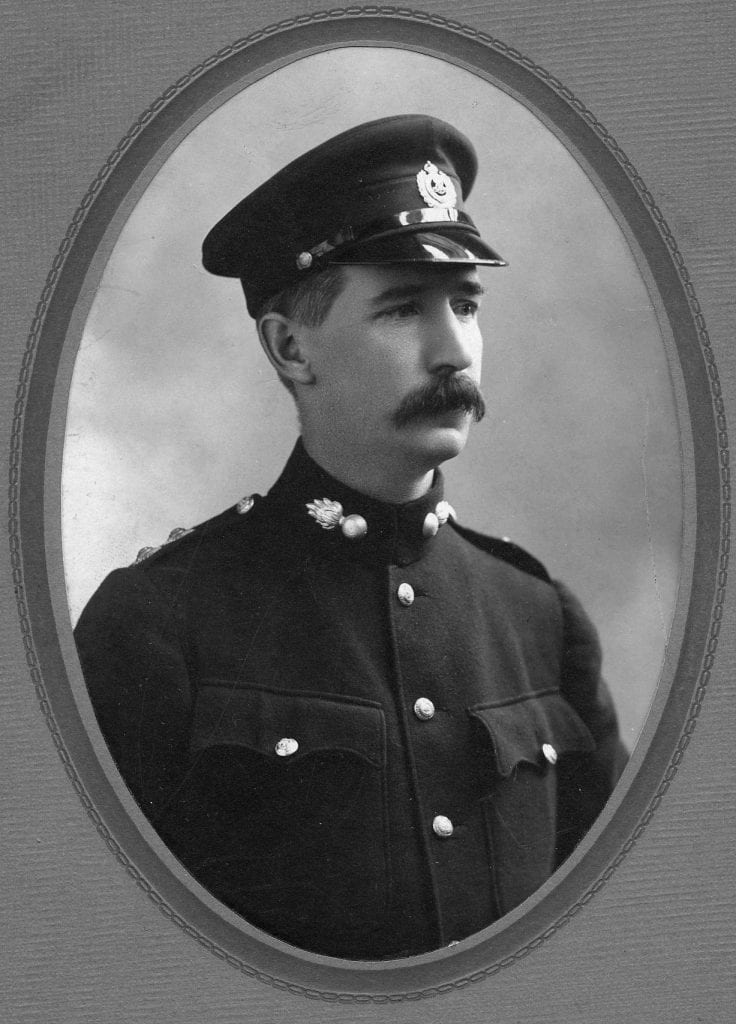
This was joined around 1927 by an Islamic Society which stated that it aimed: “1. To remove misconceptions about this religion by arranging intercourse with similar bodies in the University College, Dundee. 2. And generally as a help to co-religionists coming for studies in University College.”
The restructuring of the University which led to the replacement of University College, Dundee by Queen’s College, Dundee paved the way for the first on site chapel, located at the rear of Airlie Place. This development of this during session 1956-57 was not without controversy as one member of the College Council objected to calling it a chapel stating that it had only been agreed there would be a room that could be used by the College Chaplain and suggested instead it be called either the “Devotional Room” or the “Chaplain’s Room” . It is not clear if this due to a feeling the facilities were too inadequate to be called a chapel, but his objection failed to get support.
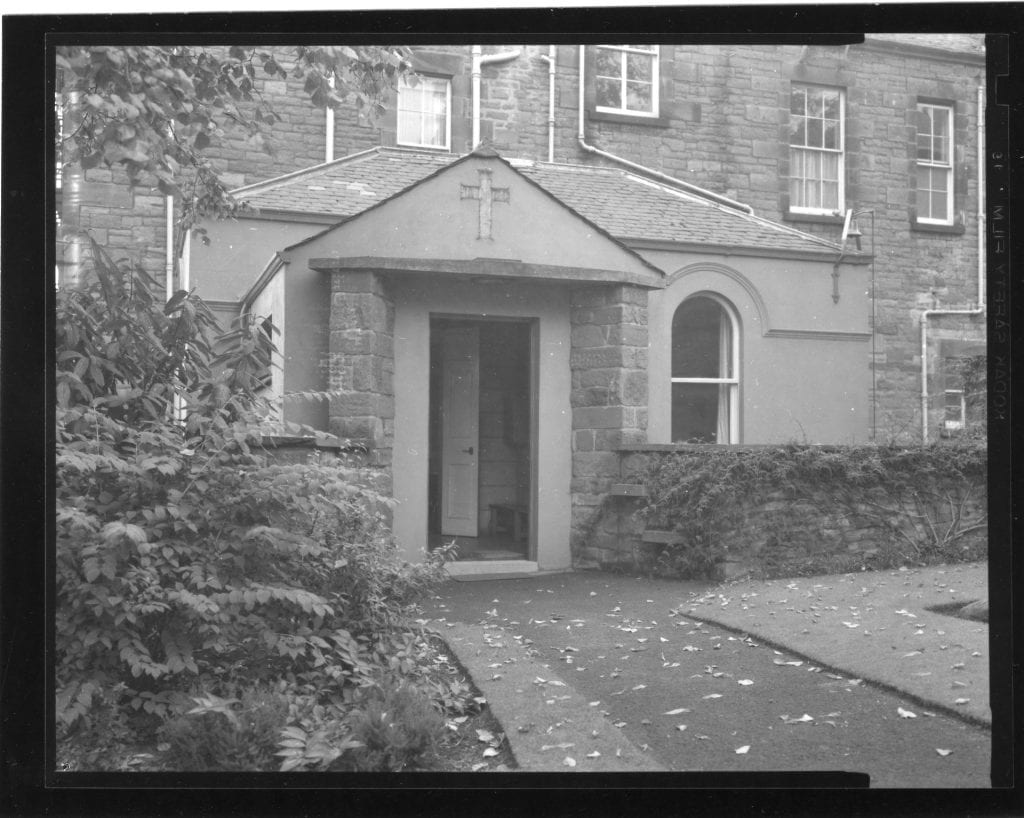
However, the new chapel was small and unsuited to a rapidly growing College which would soon be a University in its own right. With the need for much larger student leisure facilities, a chaplaincy would eventually be included in the plans for new student development and would be linked to the new Students Association Building (which after much delay finally was also finally completed in 1974).

The chaplaincy offers a range of faith and non-faith based services and has become an integral part of the campus. In addition to a designated University Chaplain (a position first held by the Church of Scotland minister the Reverend Norman Orr), there are a number of other chaplains and representative of faith groups attached to the University. It is supplemented by other faith facilities including Islamic Prayer Rooms.
